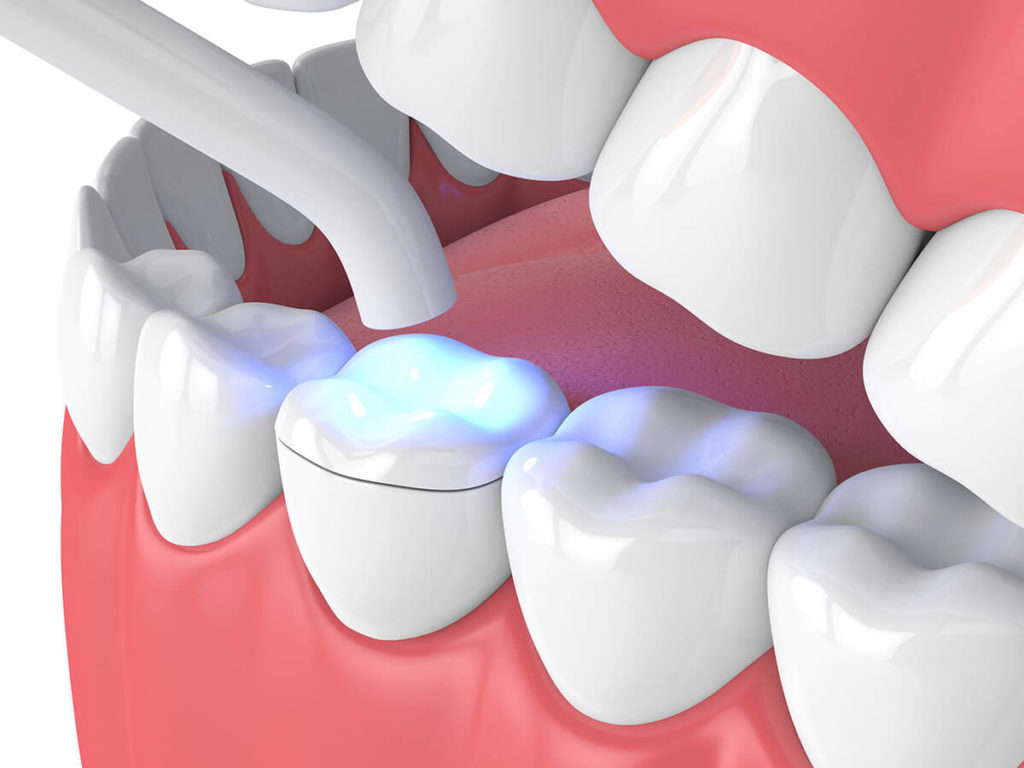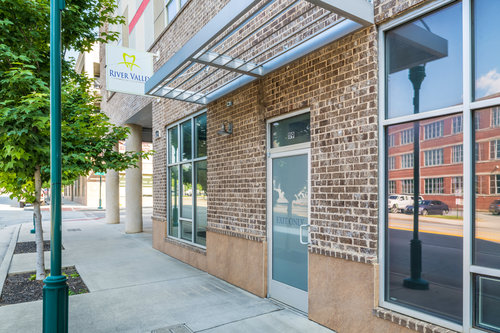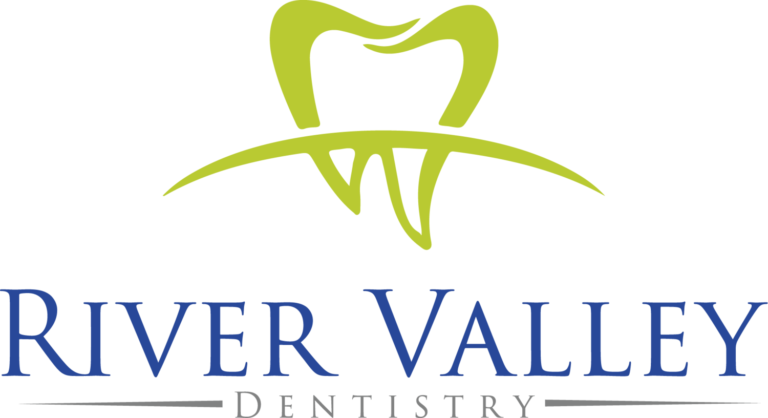Dental Inlays and Onlays
Dental inlays and onlays are used when more than half of your tooth’s biting surface is damaged. They are an alternative to traditional fillings that can reduce the strength of a natural tooth by up to fifty percent.
Dental Inlays and Onlays
Inlays and onlays are bonded directly onto the teeth using special high-strength resins that can actually increase the strength of a tooth by 75 percent. As a result, they can last ten to thirty years, and in some cases, where the damage to the tooth is not extensive enough to merit an entire crown, onlays are a great alternative.
Schedule an Appointment Online

-
Inlay vs. Onlay—what's the difference?
Dental inlays are similar to a filling; they are fitted and molded in the chewing area of a tooth that has been damaged through injury or decay. Whereas onlays are a more substantial reconstruction. They are used for damage and deterioration to the cusps of your tooth as well as the biting surface.
Both inlays and onlays can be made of porcelain, gold, or composite resin. These pieces are bonded to the damaged area of the tooth.
Traditionally, gold has been the material of choice for inlays and onlays. In recent years, however, porcelain has become increasingly popular due to its strength and color, which can potentially match the natural color of your teeth.
-
How are dental inlays and onlays applied?
Inlays and onlays require two appointments to complete the procedure. During the first visit, the filling is replaced, or the damaged or decaying area of the tooth is removed, and the tooth is prepared for the inlay or onlay. To ensure proper fit and bite, an impression of the tooth is made by the dentist and sent to a lab for fabrication. The dentist will then apply a temporary sealant on the tooth and schedule the next appointment.
At the second appointment, the temporary sealant is removed, and the dentist will make sure that the inlay or onlay fits correctly. If the fit is satisfactory, the inlay or onlay will be bonded to the tooth with a strong resin and polished to a smooth finish.
-
When should I consider a dental inlay or onlay?
A dental inlay is used to fill grooves in the tooth to restore or repair a tooth after it sustains harm from injury or decay that goes on to affect the cusp of the tooth. Dental inlays are more durable than regular dental fillings made from composite or amalgam, and gold inlays are the most durable.
A dental onlay is used to repair a tooth that has more extensive damage affecting the cusp, tips, or biting surface of the tooth. Onlays require a temporary solution while the final onlay is sent to a laboratory to be formed correctly.
Comprehensive Dental Care
We provide a full array of dental services to suit the needs of individuals and families. Learn more about our services, schedule an appointment, or contact us today.




